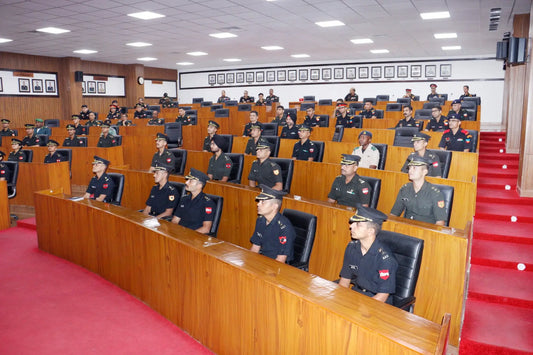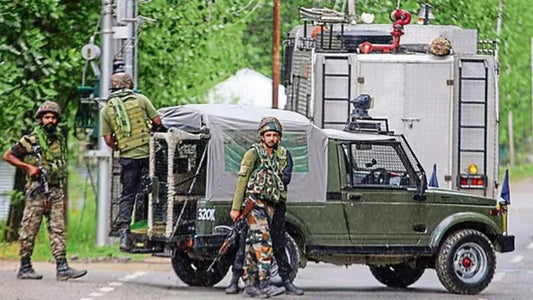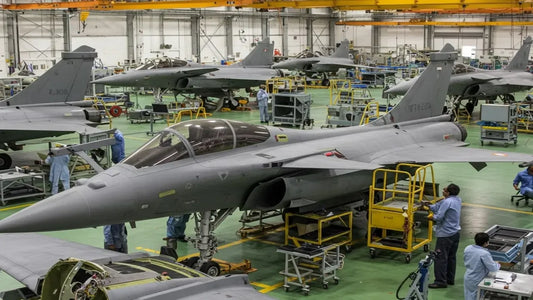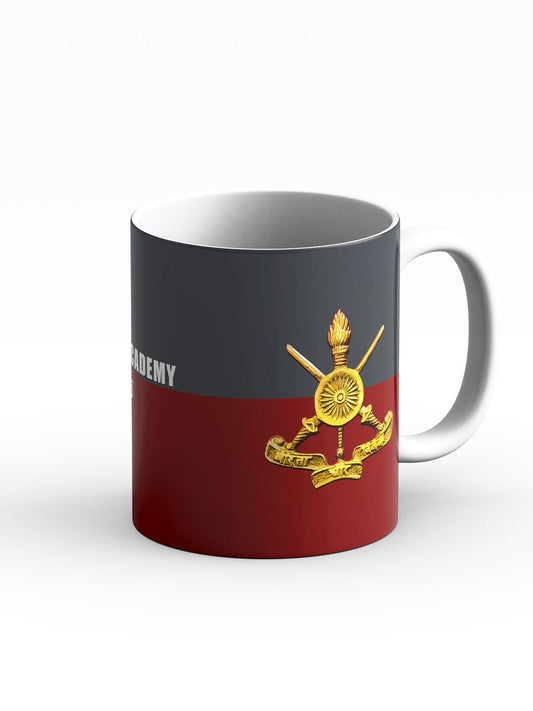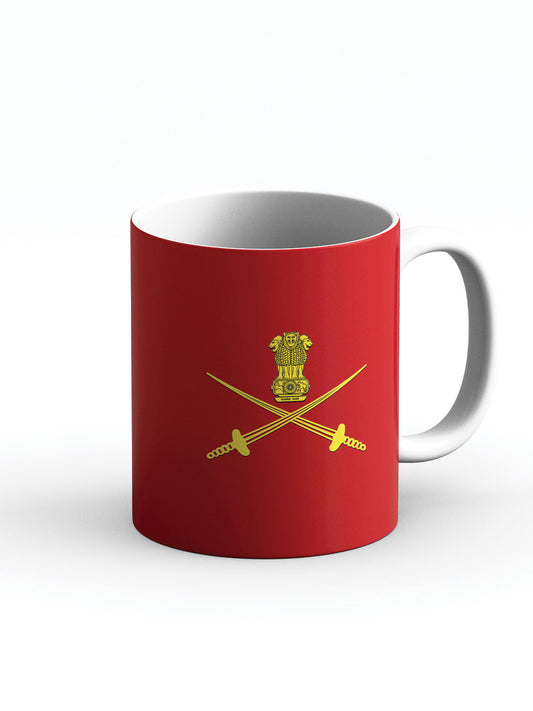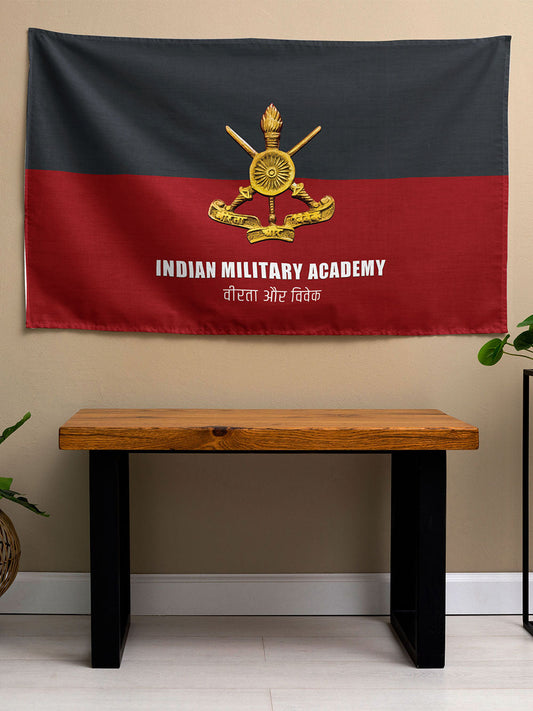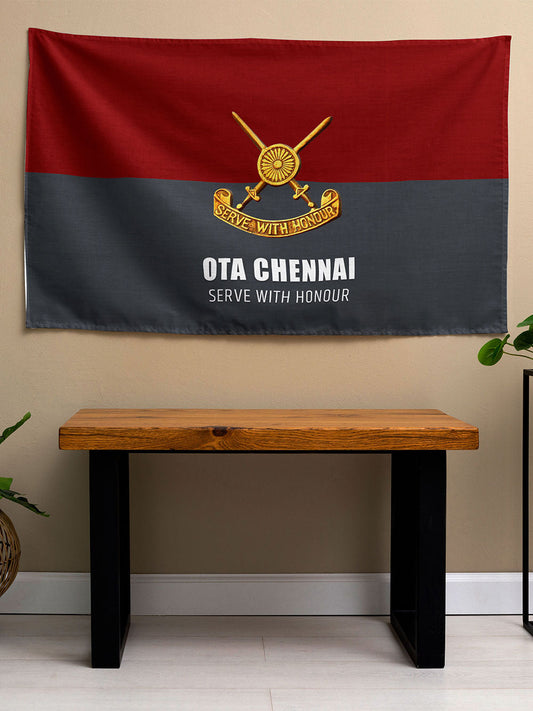Why the Indian Army Worships Its Weapons on Vijayadashami?
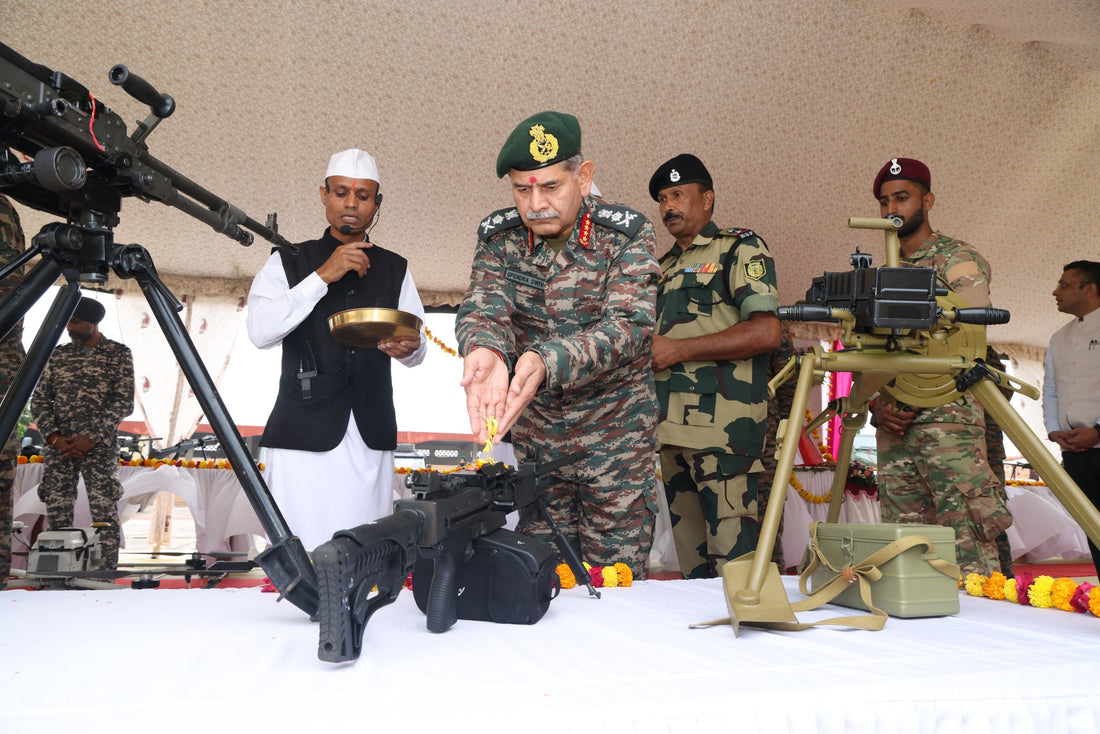
Vijayadashami, the auspicious tenth day following the nine nights of Navaratri, holds profound cultural, religious, and historical significance in India. This festival, celebrated with fervor across the nation, commemorates the triumph of good over evil through mythological narratives that have shaped Hindu traditions for millennia. At its core, Vijayadashami is not just a day of victory but also one of reflection, renewal, and reverence for the instruments that enable human endeavors including, notably, the weapons wielded by warriors.
In the context of the Indian Army, this manifests as Shastra Puja, a ritual where soldiers and leaders worship their arms, invoking divine blessings for strength, bravery, and success in their sacred duty to protect the nation. This practice, deeply rooted in ancient scriptures and adapted to modern military life, bridges the spiritual and the martial, reminding participants of the ethical use of power.
The origins of weapon worship on Vijayadashami can be traced back to key Hindu epics and puranas. In the Ramayana, Lord Rama is said to have performed puja on his weapons before his final battle against Ravana, who was slain on this very day, symbolizing the eradication of adharma (unrighteousness). Similarly, the Devi Mahatmya section of the Markandeya Purana describes how the gods worshipped Goddess Durga's weapons after her nine-day battle and victory over the demon Mahishasura, with the tenth day marking the retrieval and blessing of these divine arms.
The Mahabharata adds another layer: the Pandavas, after 13 years in exile, retrieved their hidden weapons from a Shami tree on Vijayadashami before embarking on their righteous war against the Kauravas. These stories underscore a recurring theme weapons are not mere tools of destruction but sacred extensions of divine will, to be used judiciously in the pursuit of justice.

Historically, this tradition extended beyond mythology into royal and martial practices. Ancient Indian kings, as described in texts like the Arthashastra by Chanakya, viewed war as a last resort but prepared for it with rituals that sanctified their arsenals. Accounts from foreign travelers, such as the Greek ambassador Megasthenes in the 4th century BCE, noted that Indian warriors adhered to codes of conduct in battle, sparing civilians and focusing on honorable combat a philosophy echoed in the Geneva Conventions centuries later.
In medieval times, empires like the Vijayanagara Kingdom celebrated Dasara (another name for Vijayadashami) with grand military parades and weapon worship, known as Mahanavami, where the king reviewed troops and blessed arms for upcoming campaigns. The Maratha warriors under Shivaji in the 17th century similarly initiated military expeditions on this day, integrating Shastra Puja into their strategy for morale and divine favor.

In southern India, the ritual is often called Ayudha Puja, emphasizing the worship of all "ayudhas" or tools of livelihood. This broader interpretation aligns with the philosophy of karma yoga from the Bhagavad Gita, where Lord Krishna advises Arjuna that work itself is a form of worship, and tools be they ploughs for farmers, books for scholars, or rifles for soldiers are manifestations of the divine. Tamil Sangam literature mentions worship of war goddesses like Kotravai and deities like Muruga, whose spear (vel) is venerated independently, highlighting a regional flavor to the practice. Among Sikhs, influenced by shared cultural roots, Guru Gobind Singh promoted Shastar Puja, reciting hymns from the Dasam Granth that personify the sword as a liberating force.
For the Indian Army, Shastra Puja is more than a cultural relic; it's a living tradition that reinforces discipline, unity, and ethical warfare. Observed at military stations, border outposts, and even by paramilitary forces like the Border Security Force (BSF), the ritual typically occurs on the ninth day of Navaratri (Mahanavami) or Vijayadashami itself. Weapons are meticulously cleaned, arranged on a platform, and adorned with flowers, vermillion (kumkum), turmeric, and leaves from the Shami tree believed to ward off negative energies and planetary afflictions like those from Shani (Saturn). Priests or officers chant mantras invoking Goddesses Parvati (for power), Lakshmi (for prosperity), and Saraswati (for wisdom), while holy water from the Ganga is sprinkled. This act symbolizes the infusion of shakti (divine energy) into the arms, preparing them for use in defence of the homeland.

The practice also carries symbolic weight in contemporary debates. Proponents argue it enhances psychological resilience, fostering a sense of oneness between soldiers and their tools, much like how musicians revere their instruments. Critics, however, question its alignment with India's secular constitution, viewing it as potentially exclusionary in a multi-faith military. Yet, historical precedents show inclusivity; for instance, Sikh and other traditions integrate similar rituals without conflict. Hinduism's nuanced view on violence ahimsa (non-violence) as the highest dharma, yet justified force to protect the weak underpins this, as articulated in the Mahabharata.

To illustrate the mythological foundations, consider the following table summarizing key references:
| Epic/Purana | Key Event | Significance in Shastra Puja |
|---|---|---|
| Ramayana | Rama worships weapons before slaying Ravana | Symbolizes preparation for righteous battle and victory on Vijayadashami. |
| Devi Mahatmya (Markandeya Purana) | Gods worship Durga's weapons post-Mahishasura victory | Highlights retrieval of blessed arms on the tenth day for ongoing protection. |
| Mahabharata | Pandavas retrieve weapons from Shami tree | Emphasizes renewal and divine favor before war, with Shami leaves used in rituals. |
| Dasam Granth (Sikh Tradition) | Chandi di Vaar recitation for sword worship | Connects to Hindu roots, viewing weapons as liberating divine power. |
| Sangam Literature (Tamil) | Worship of Kotravai and Muruga's spear | Regional focus on war deities, influencing southern Ayudha Puja practices. |
In modern times, Shastra Puja extends beyond the army to other sectors, such as police forces and even ISRO scientists worshipping equipment, as seen in recent Vijayadashami celebrations. This adaptability underscores its enduring relevance, blending ancient wisdom with contemporary needs. For the Indian Army, facing diverse challenges from border skirmishes to internal security, the ritual serves as a reminder that true strength lies not just in firepower but in the moral and spiritual resolve behind it. As global conflicts evolve, such traditions offer a unique perspective on integrating cultural heritage with military ethos, ensuring that weapons are wielded with discernment and devotion.
